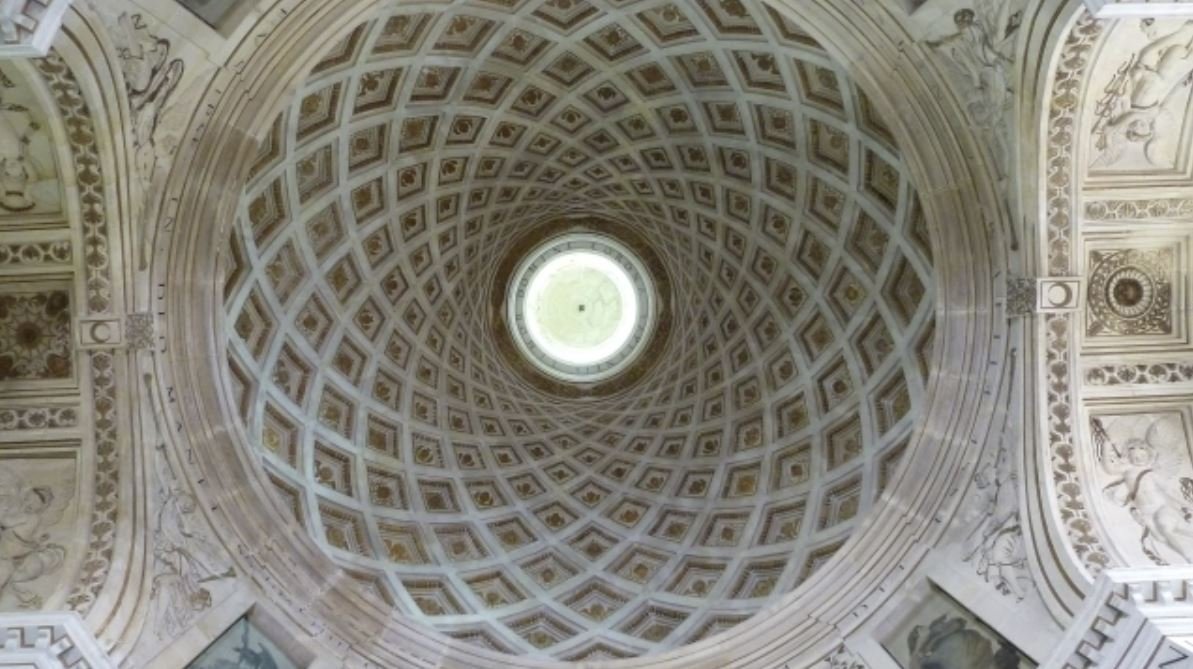les trompe-l’oeil en France :
de Léonard de Vinci au XVIème siècle
The event will be in English.
Join us for an evening with Martine Sauret and dive into the artistic style of trompe-l'oeil and anamorphosis at its beginning in France between the end of the 15th and 16th centuries through her work Errances et Cohérences dans les anamorphoses et les trompe- l’oeil en France : de Léonard de Vinci au XVIème siècle.
Anamorphosis and Trompe-l’oeil. What are they? Why are they unknown?
What do we know about anamorphosis and trompe-l’oeil in France between 1470-1600?
Though these art movements were strong in Italy and Northern Europe, they are also very present in castles, maps, furniture, tapestries, floors, walls, etc. in France. It is time to rediscover them.
Both projections underline a change in representations of decoration, and ornamentations. Be it in the castles, the school of Fontainebleau paintings, sculptures, engravings, stained-glass windows, tapestries or through certain writers such as Rabelais, Agrippa d'Aubigné, or the architects Philippe de l'Orme, Androuet du Cerceau, engravers such as Théodore de Bry or printers such as Geoffroy Tory, the trend reflects drastic changes in using traditional perspective, camera obscura or inverted perspective.
The presentation will explore the sense of interaction between those artists and will discuss the beginning of an autonomous genre for writing and painting with the emergence of Renaissance values in France.
Martinet sauret
Martine Sauret received her Ph.D., with Honors, in June 1991 at the University of Minnesota under the supervision of Tom Conley (Harvard University.) She has been teaching at Western Michigan University and at Macalester College, St Paul, Minnesota as an Associate Professor.
Her new book Errances et Cohérences dans les anamorphoses et les Trompe-l’oeil en France. Enjeux et pouvoirs de 1470-1600 is now released by Peter Lang, 2022.
She published several other books; Relire les mondes des cartographes normands et des voyages de Parmentier au XVIe siècle, New York: Peter Lang, 2014, Les voies cartographiques. A propos des cartographes sur les écrivains français des XVe et XVIE siècles. New York : Mellen Press, 2004.
“Gargantua et les délits du corps.’’ (New York ; Peter Lang, 1977). Her translation into French of The Graphic Unconscious in Early Modern French writing by Tom Conley was published by Presses Universitaires de Vincennes (2000).
She has written extensively many articles on Renaissance Literature, Early Modern France and Francophone studies in various scholarly journals.



